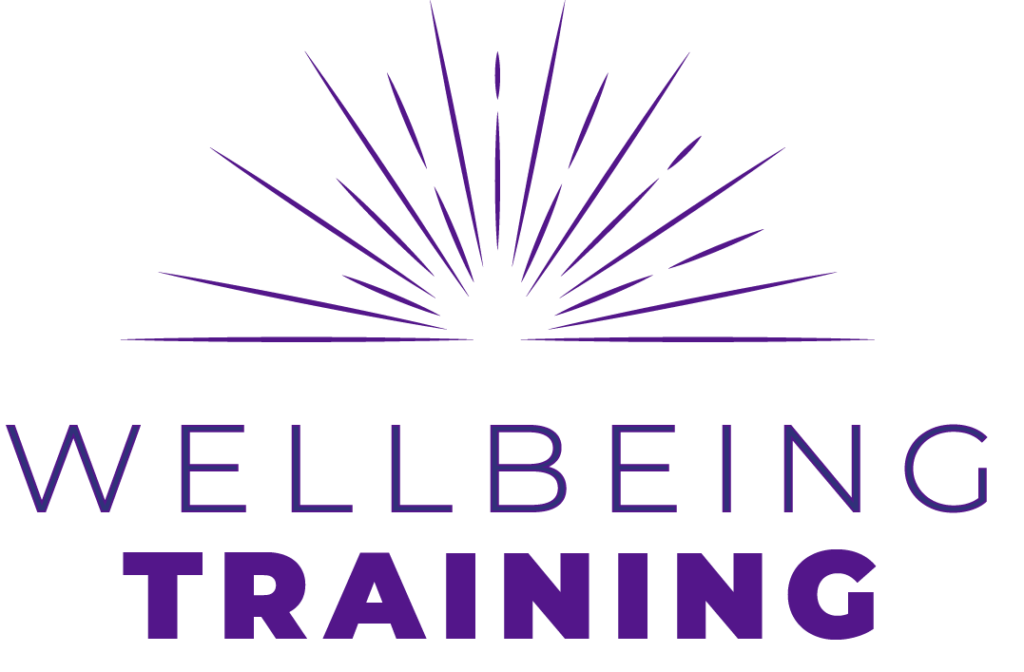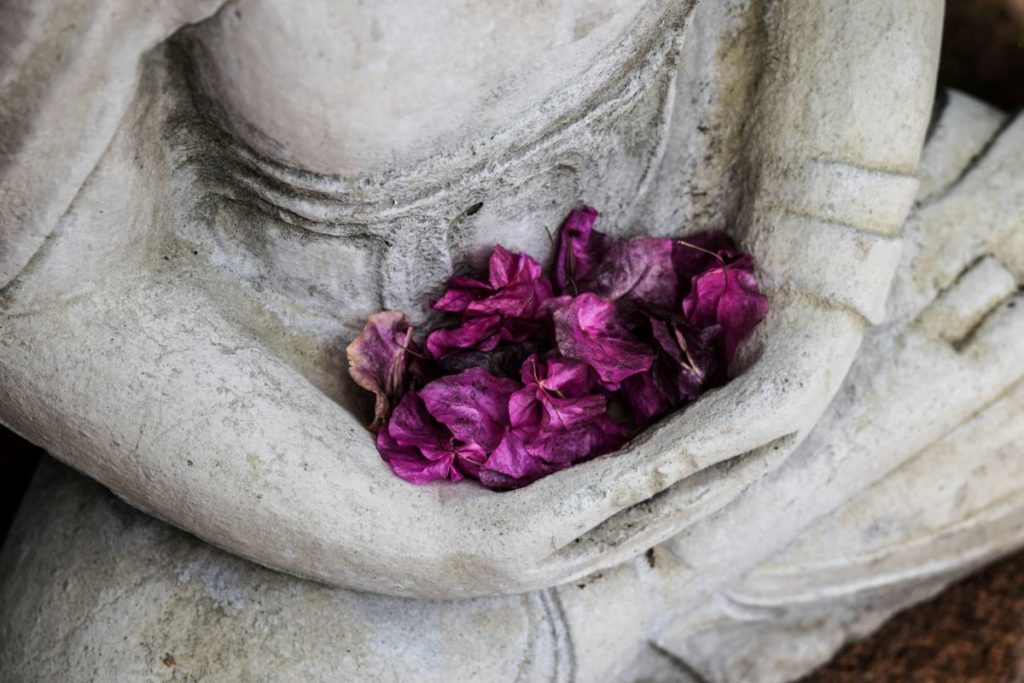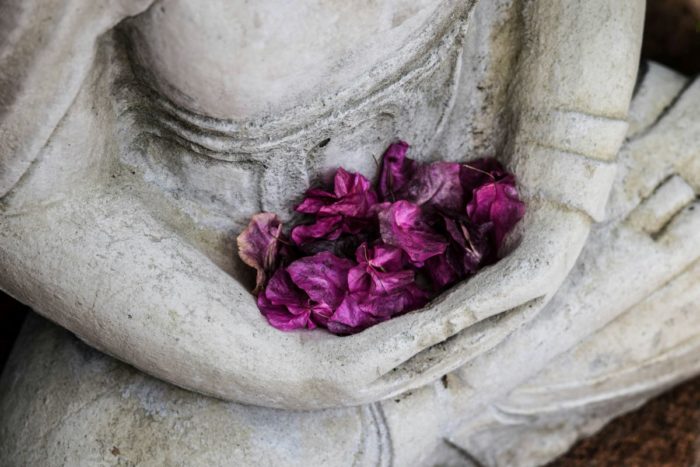One of my favourite “motivational speakers” and Hindu princes, Siddhartha Gautama (aka the Buddha), once famously said that all life is suffering. This is his first noble truth. Now, Buddha didn’t speak in English. He spoke a language believed to be Māgadhī (a bit of trivia for you), and as often with quoting ancient texts and sages, a lot is lost in translation.
In his first noble truth, the Buddha talks about dukkha, a term usually translated and simplified as ‘suffering,’ ‘dissatisfaction,’ or ‘stress’ for ease of understanding. However, dukkha encompasses a broader range of meanings and connotations that are difficult to capture in a single English word. So, we have a much-quoted quote that’s not entirely correct and a word we cannot quite translate, but let’s talk about suffering anyway. This is one of my favourite topics for many reasons, but more about that later.
Three Types of Suffering
So. The Buddha described three types of dukkha. Spotting these three dynamics in your life is the first step towards suffering a little less in the future.
(1) Suffering of Suffering
The first type of suffering arises from physical (body) and mental (emotional) pain.
We are humans, so our bodies are subject to injury, acute and chronic illness, ageing and eventually death. Consider a young woman with chronic digestive issues. Or a man in his early 70s, an enthusiastic explorer of European capitals, European women and (strictly) Italian wine, who cannot walk as much as he used to. Dukkha.
We are humans, so our emotions get wounded, too. We ruminate on our misfortunes, real and imagined, and worry about the future. A grandmother cannot forgive her grandson’s missteps. A man in his late 40s contemplates whether he chose the wrong profession. Dukkha.
The first type of suffering, the suffering of suffering (dukkha-dukkha) happens when we find ourselves in unpleasant situations we would rather be done with. We want to push away our unwanted physical and mental experiences and the emotions they evoke.
(2) Suffering of Change
The second type of suffering arises from impermanence and change.
No matter how hard we try (and boy, do we try) to control the world around us, it has the annoying habit of constantly changing and unfolding in unexpected, sneaky little ways. A friendship turns sour after 20 years. A long-awaited vacation ends. You’ll never be a carefree child again, holding onto your grandfather for dear life on the backseat of his motorbike. This is the pain of disappearing happiness. Have you ever experienced a tinge of sadness even though you were happy because, at a gut level, you knew it wouldn’t last? Dukkha.

The second type of suffering, the suffering of change (viparinama-dukkha), happens when we cannot accept that the world is moving on and we cling to pleasurable experiences. We want to hold on to what we like and the emotions they evoke.
(3) Suffering Of Existence
The third type of suffering arises from a dire, terminal condition called being a human being and not quite understanding the nature of reality. (The Buddha said this, not me; I don’t quite understand it either…)
We incessantly chase things outside ourselves to decrease our existential dread and make us feel whole again: people, money, achievements, status, possessions, and experiences. A woman plans to visit Bali, Nepal, and Cambodia (in this order) to find peace. A prosperous man gives himself a year to find a wife because he believes he cannot live a fulfilling life without one. Dukkha.
But perhaps, somewhere deep down in the core of our being, we sense that we’re wrong. We shouldn’t be looking outside; there’s little salvation there. We cannot avoid pain and the full spectrum of our messy human experience by relying on external factors. And even if we get what we want, what use? To dust, we shall return. Something in us understands this, so no wonder one can feel a degree of unease, groundlessness, unsatisfaction – or, you know – just plain, good old-fashioned, full-blown anxiety from time to time.
“We cannot avoid pain and the full spectrum of our messy human experience
by relying on external factors.”
The third type of suffering, the suffering of existence (sankhara-dukkha), happens when, instead of focusing on the processes within, we seek solutions and lasting happiness in the grand illusion of the external world. We believe the source of our emotional satisfaction to be outside the contour of our bodies.
So, that’s that.
While the concept of dukkha is difficult to pin down, the universality of pain and suffering speaks to the human condition we all share. What also speaks to our shared human condition is our tremendous talent in responding to (1) physical and mental pain, (2) impermanence and change, and (3) the profound unsatisfactoriness of existence with a wide array of complex emotions. Our emotional reactions are the real culprits when it comes to suffering, not necessarily the events that happen (or not happen) to us.
“Our emotional reactions are the real culprits when it comes to suffering,
not necessarily the events that happen (or not happen) to us.”
Let’s talk about emotions.
The Role of Emotions in Suffering
As humans, we’re deeply rooted in the realm of emotions. Emotions give depth and texture to our everyday lives and serve as a rich tapestry through which we perceive and interpret the world. They shape our thoughts and actions in profound ways. From the warmth of joy that accompanies moments of connection to the depths of sorrow that arise in times of loss, our emotional landscape is vast and dynamic.

The Emotional Landscape
When I teach stress management and self-regulation tools at my corporate webinars or coach clients, I often talk about the concept of the emotional landscape, as coined by the HeartMath Institute. Our emotional landscape is the totality of the depleting and renewing emotions we feel daily, mainly as a response to internal and external events.
If you remember from the first part of this post, Buddhist philosophy tells us that (1) we want to hold on to what is good and pleasurable and (2) avoid what is not good and pleasurable. This applies to emotions, too. Who in their right mind wouldn’t want to feel a dash of ecstasy, ongoing enthusiasm, wonder, the occasional rapture, and some pride with serenity sprinkled on top? Of course, we want to hold on to and seek out situations, people, and experiences that fill us with the chemistry of these emotions. And why would we ever want to experience embarrassment, guilt, jealousy, anger, helplessness and all the jazz? To the best of our abilities, we will avoid everything under the sun that might push us into the pit of these depleting feelings.
So, we have a few challenges with our emotions. (1) We chase what we think makes us feel good. (2) We don’t want to let go of what feels good. (3) We cannot sit with what is painful. And this is a lifetime of suffering summarised for you…
But let’s take our emotional messiness a step further.
We Are All Junkies
I told you before how the emotional landscape is the totality of the depleting and renewing emotions we experience regularly. There are countless emotions to feel. (According to a quick and highly unscientific Google search, there are anywhere between five to a few hundred emotions.) But there are certain renewing and depleting emotions we find particularly easy to slip into. These are our signature emotions. It is easy for us to feel and access them, and we keep feeling them repeatedly when we run into the three types of dukkhas.
Why do we repeatedly return to our signature emotions (anger, feeling wronged, melancholy, gratitude, joy, jealousy, etc.)? We return, because we have practised feeling them as a response to LIFE so many times—sometimes even from childhood —that in a strange, twisted way, we crave them. Our body starts craving these emotions. We become addicts, and we need our fix. The science of this is beautifully explained in a fascinating book called Molecules of Emotions by Dr Candace Pert.
The Emotional Thermometer & RAS
So, here comes the sun problem: after a while, our body starts craving the emotions it’s used to. Let’s say one of these emotions is anger. The body craves anger so much (I know, it’s bizarre…) that it alerts our brain that there aren’t enough anger molecules in our body. “We need more anger! Now!” It’s like a thermometer. We are used to a certain amount of anger (chemically), and when the set level is not reached, our internal “thermometer” starts screaming and readjusting. How?
The body will send a message to our reticular activating system (RAS). One of the tasks of our RAS is to select relevant pieces of information from the billions of information surrounding us at any given moment. So, the body tells our RAS, “Hey, we are low on anger,” so the RAS will literally pick information from our environment and draw our attention to people and situations we can be angry about. So the body can be in balance again. Weird, but true.
Let’s make sense of what I’ve said so far.
Tying it All Together
As humans, we suffer because we are at the mercy of our good and bad experiences and the emotions they evoke. We are like boats on a stormy ocean, tossed around by how we feel.
We experience the (1) suffering of suffering and want to avoid the emotions that come with physical and mental pain. In addition, we experience the (2) suffering of change; all good things come to an end. Good things make us feel love, satisfaction, amusement, and confidence; we want to cling to these feelings. But we want to avoid the pain of change, e.g., melancholy, sadness, loneliness. We also experience the (3) suffering of existence: we seek solace in the external world to curb our unease about being humans with a finite existence. And in life’s emotional push and pull, we become addicted to certain emotions.
“And in life’s emotional push and pull, we become addicted to certain emotions.”
How far would you go to get your fix of pleasure, pride, or joy? And to what extent would you hide, run away, or scheme to avoid facing what you don’t want to feel? Interesting questions to ponder.
Enough of the doom and gloom now. Let’s talk solutions!
Solutions: Turning Suffering Into Growth
Suffering holds immense potential for personal growth. It serves as a profound teacher, guiding us through life’s challenges. However, it’s crucial to approach it with self-awareness, in moderation if possible, and armed with a few practical tools.
“Suffering holds immense potential for personal growth.”
Acknowledge The Nature of The Game
Life is not exactly a walk in the park. It is challenging for everyone, albeit in different ways, to various extents and at different times. “There is always something.” And there is always something, not because some higher power is punishing you or you are incapable or inadequate, but because this is the nature of existence. There is a solace in understanding this.
Acknowledge Your Suffering
Self-awareness is a crucial tool in our journey of self-discovery. Trying to project a happy, successful, competent, #wonderlust image is not a crime. After all, everyone wears a social mask to some extent. Just don’t confuse yourself with the mask you are wearing. Grasping this distinction is the first step towards self-awareness.

I have an acquaintance who ferociously insists his life is all peachy. I sometimes wonder if (1) he got used to his (numerous) chronic health issues and abusive relationship to such an extent that it became his “normal” or if (2) he is in denial as a survival strategy. What we deny often holds the key to understanding ourselves more deeply and unlocking paths toward growth. The question is if we are willing to enter the dark cave of our fears, heartaches, perceived inadequacies, judgements, etc. and face and name what we find there rather than pretending the cave doesn’t exist.
“The cave you fear to enter holds the treasure you seek.”
– Joseph Campbell
Can you quietly verbalise your suffering? There is no sorcery here: make the unseen visible. “I feel like a waste of space”, “I am afraid to lose my partner”, “I am painfully shy at work”, etc. What you acknowledge, you can change.
Mind the Second Arrow
Life throws us challenges, and it is natural to feel pain, but the suffering that follows is optional. According to Buddhist teaching, when we face adversity, two arrows fly our way. The first arrow is the event itself, causing pain. The second arrow is our reactions to the event: our expectations, thoughts, and emotional responses. It is this second arrow that leads to suffering. So, why suffer a second blow when one is more than enough?
You can try an experiment tomorrow if you want: from the time you wake up until your head hits the pillow in the evening, observe how you react to the events around you. What thoughts and emotions arise when your child acts like a squirrel on a triple chocolate mocha frappuccino? When your colleague makes a snide comment? When your partner is impatient with you? What if you didn’t react?
Get into the Mindset of Wonder and Curiosity
Controlling our emotions in a healthy way (i.e., not venting, rejecting, or suppressing them) and remaining neutral in our reactions is a lifelong learning process. Perhaps a slightly easier practice is drawing on our natural curiosity as human beings, especially when encountering difficulties with other humans.
It is all too easy to react when tension arises with others. But what if you reframed the situation? Instead of withdrawing or attacking, what if you saw them as exotic aliens from a distant galaxy? What if you approached them with wonder, eager to understand their behaviour, habits, thought patterns, and emotions? This shift in perspective can empower you to navigate difficult situations with curiosity and control.
Imagine that someone said something hurtful to you, and instead of getting hit by the second arrow, you turned to them and said: “Wow. I am curious. What made you say that?”
Make a Project Out of Your Suffering
If you are going to suffer anyway, why not turn it into a learning opportunity?
Communication issues with a colleague = learning about giving feedback. Not enough financial resources = learning about what really matters. Wanting something but being shy about it = learning to express wishes, desires, and preferences. Losing your high-flying job = learning about who you are without your title, perks, and AMEX card. Feeling like a waste of space = learning about self-worth and self-love.
How you frame your suffering and which side of the equation you concentrate on will give you a strikingly different experience.
Opening As…
In his book The Blue Truth, David Deida talks about how opening as every moment is the practice of true bliss, and openness is our true nature. He writes:
“Life can feel incomplete, even in the middle of a fine meal with a smiling lover at the peak of health.
Even during the best of times, you may suffer a sense of lack. The dissatisfaction occurs
because you are not opening. When you open fully as any moment, you are complete. Your broken arm
may still ache. Your heart may still reel in the response to the loss of someone you love.
But if you practice opening now, then you add less self-created suffering
to life’s natural fluctuation of pleasure and plain”.
We build our prisons by closing down to emotions, people, and experiences, and then we live from this place of closure. I am not throwing this “opening as” tip around lightly; this is a hell of a practice. Years ago, I froze in front of 600+ people during an online town hall meeting. I was a speaker, and when my bit of the session was over, someone asked me a random question. “Stay open as every moment”, eh?
How can you stay open? First, you can catch your body tensing up, your breath becoming shallow, your jaw tightening, and your heart racing. See if you can relax into this tightening. Drop your shoulders and say “aaaaaaaaaah”. Soften your belly. Open your mouth ever so slightly. Then let life have its way with you. It is what it is. Feel that jealousy, embarrassment, sadness or rage. Breathe. Relax your chest. Sit up straight. Get deeper into those emotions momentarily. Get to know them. Are they unpleasant? You bet they are. Are they going to kill you? Probably not. Will they pass? Sooner or later. Will you create less suffering by staying open to the full spectrum of the human experience?
Oh yeah…
Let me know what you think. I would love to hear from you. Leave a comment below or message me directly through my contact form.
Mariann


